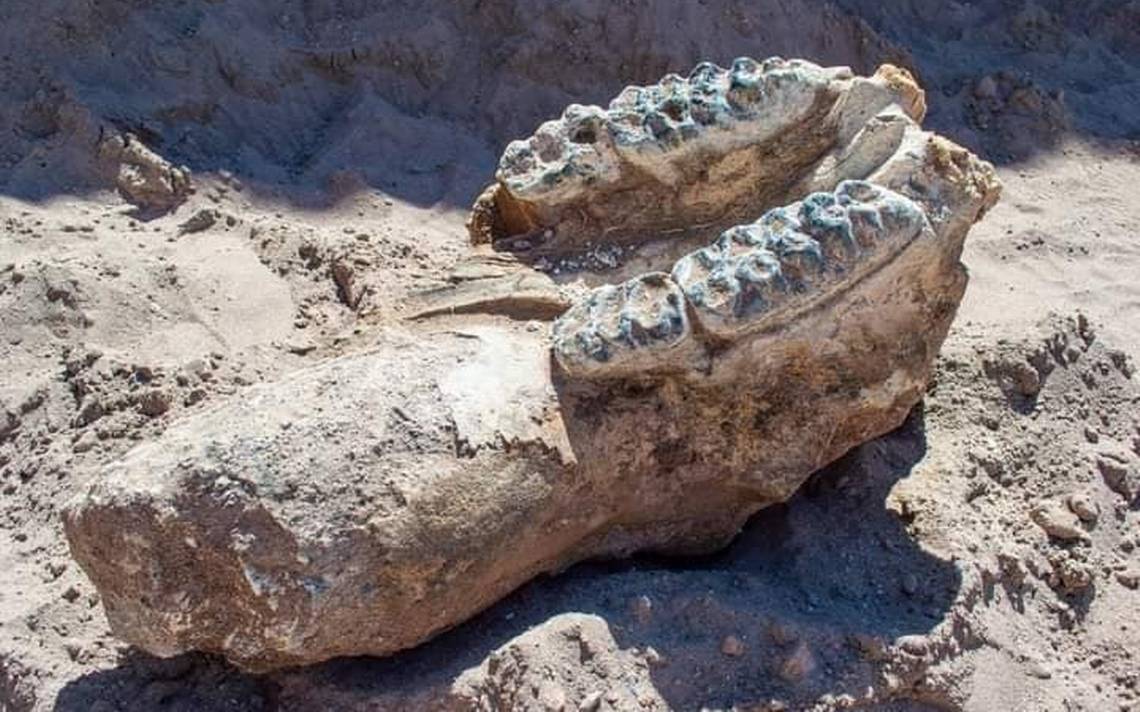


This contribution provides a synthesis of Darwin's preliminary assignments and evaluates the reasons that led him to recognize only megatheres and mastodonts for the large fossil remains. The study of Darwin's collection was entrusted to Richard Owen, who described eleven taxa between 18, including the six following ones: Toxodon platensis, Macrauchenia patachonica, Equus curvidens, Scelidotherium leptocephalum, Mylodon darwini and Glossotherium sp. Among these remains are those of large mammals that Darwin informally assigned to Megatherium and Mastodon, the only large taxa then known for South America, and of small and mediumsized mammals that Darwin recognized as representing at least two rodents and a horse. Email: the first two years of his voyage aboard HMS Beagle, Charles Darwin collected a considerable number of fossil mammals from various localities in Argentina and Uruguay. Email: School of Nursing, George Brown College of Applied Arts and Technology, Toronto and Department of Ecology and Evolutionary Biology, University of Toronto, Toronto, Canada. Email: División Paleontología Vertebrados, Museo de La Plata, La Plata, Argentina. Vizcaíno 2 and Gerardo De Iuliis 3ġ Sección Paleontología de Vertebrados, Museo Argentino de Ciencias Naturales "Bernardino Rivadavia". The fossil mammals collected by Charles Darwin in South America during his travels on board the HMS Beagle


 0 kommentar(er)
0 kommentar(er)
